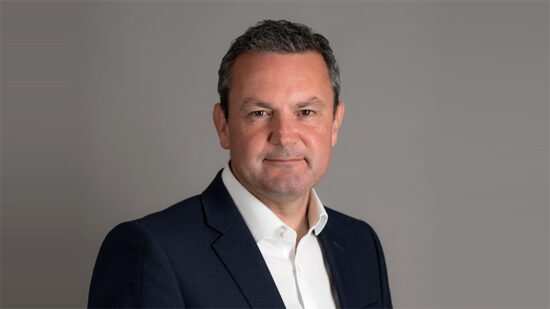Around 20 or 30 years ago investing was largely based on a fairly straightforward paradigm: risk and return. This theory posits that potential return rises in line with risk; the greater the risk you take, the greater return you might yield, writes Christopher Edwards, partner in Mourant’s Guernsey litigation and dispute resolution team.
Now there is a third factor as we experience something of a paradigm shift in investing and wealth management: environmental, social and governance (ESG) considerations. This factor is also referred to as sustainability, green or impact.
Whatever you call it, many ultra high net worth (UHNW) individuals are increasingly casting an eye over the environmental and social ramifications of their investing.
What has caused the paradigm shift, and what does it mean for trustees?
ESG then and now
First, we should say that considering ESG factors is not a new concern for many UHNWs, some have always had it on their agenda, albeit by a different name.
Quite often, UHNWs’ philanthropic commitments were to organisations or causes based around environmentalism or doing social good. Later, ‘impact investing’ – targeting capital towards achieving ‘good’ outcomes for our society or the planet, while still generating returns – became a popular concept. Now, ESG is the preferred term.
Approaches to ESG among UHNWs are highly personal and variable, but there is no doubt that an increasing number of clients are asking about it and how it is factored into their structuring, portfolios and wealth management. Partly this is due to a general greater interest in newsworthy phenomena like climate change, which is mirrored among UHNWs.
Regulation is also playing its part. A Barnett Waddingham survey for Investment Monitor saw 91% of respondents say that evolving regulation and legal requirements are a key factor in why they take into account ESG considerations in their investment decision-making and implementation.
This is hardly surprising when you learn that the number of ESG regulations and standards globally almost doubled from 2016 to 2021.
Regulation and consumer, and public, demand are combining to put pressure on institutions, who are responding in kind and feeding the paradigm shift.
Blackrock’s Larry Fink is a renowned proponent of ESG, writing in his 2022 Letter to CEOs: “Most stakeholders – from shareholders, to employees, to customers, to communities, and regulators – now expect companies to play a role in decarbonising the global economy.”
A paradigm shift is rarely caused by a single factor, and multiple influences have collided to evolve investors and fiduciaries’ approach to risk and return.
Can UHNWs have it all?
But, of course, the only way the focus can evolve from two-factor risk and return is if the addition of ESG consideration actually adds up when viewed through the lens of yield.
If the notion that impact investing and returns are mutually exclusive has not yet been totally debunked, at the very least the evidence is mounting that reasonable returns can be achieved while investing with a conscience.
Saffery Champness’ Phil Radford is very open about the fact that their best-performing portfolio over the past 15 years is a sustainability one, and more and more trustees are coming to the realisation that managing assets with an eye on their impact is compelling.
You can see the case from a UHNW perspective. The very nature of sustainable investing – whether in clean energy, electric cars, or biotech – is inherently long term, which is how many investors view their horizon.
Trustees are also increasingly wrangling with how this focus is reconciled with their fiduciary duty.
In the Channel Islands, the International Sustainability Institute Channel Islands (ISICI) has produced a three-step framework for encouraging trustees to “ensure assets under their stewardship are invested according to sustainability principles and with regard to [ESG] factors”.
This, ISICI’s report claims, is not only in line with 21st century fiduciary duty it is: “in tandem with their traditional core duty to preserve and enhance capital.”
There is a compelling case, then, that the longstanding risk-and-return paradigm has embraced its third component, and there’s no turning back. But this needn’t be to the detriment of capital preservation or enhancement; a new paradigm presents new opportunities, ones that are perhaps even further augmented in the post-pandemic recovery cycle of low growth.
To finish, we’ll return to Larry Fink, who summarises Blackrock’s motivation quite succinctly: “We focus on sustainability not because we’re environmentalists, but because we are capitalists and fiduciaries to our clients.”
This article was written for International Adviser by Christopher Edwards, partner in Mourant’s Guernsey litigation and dispute resolution team.








